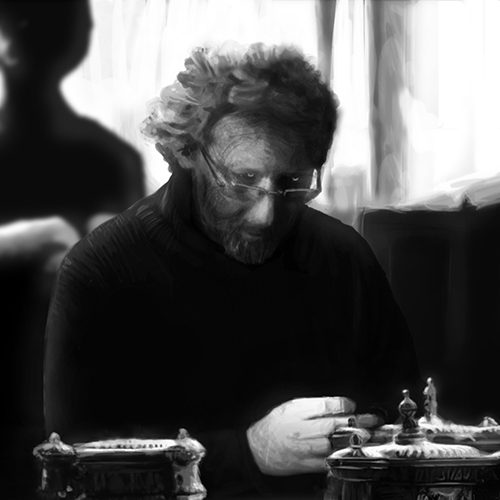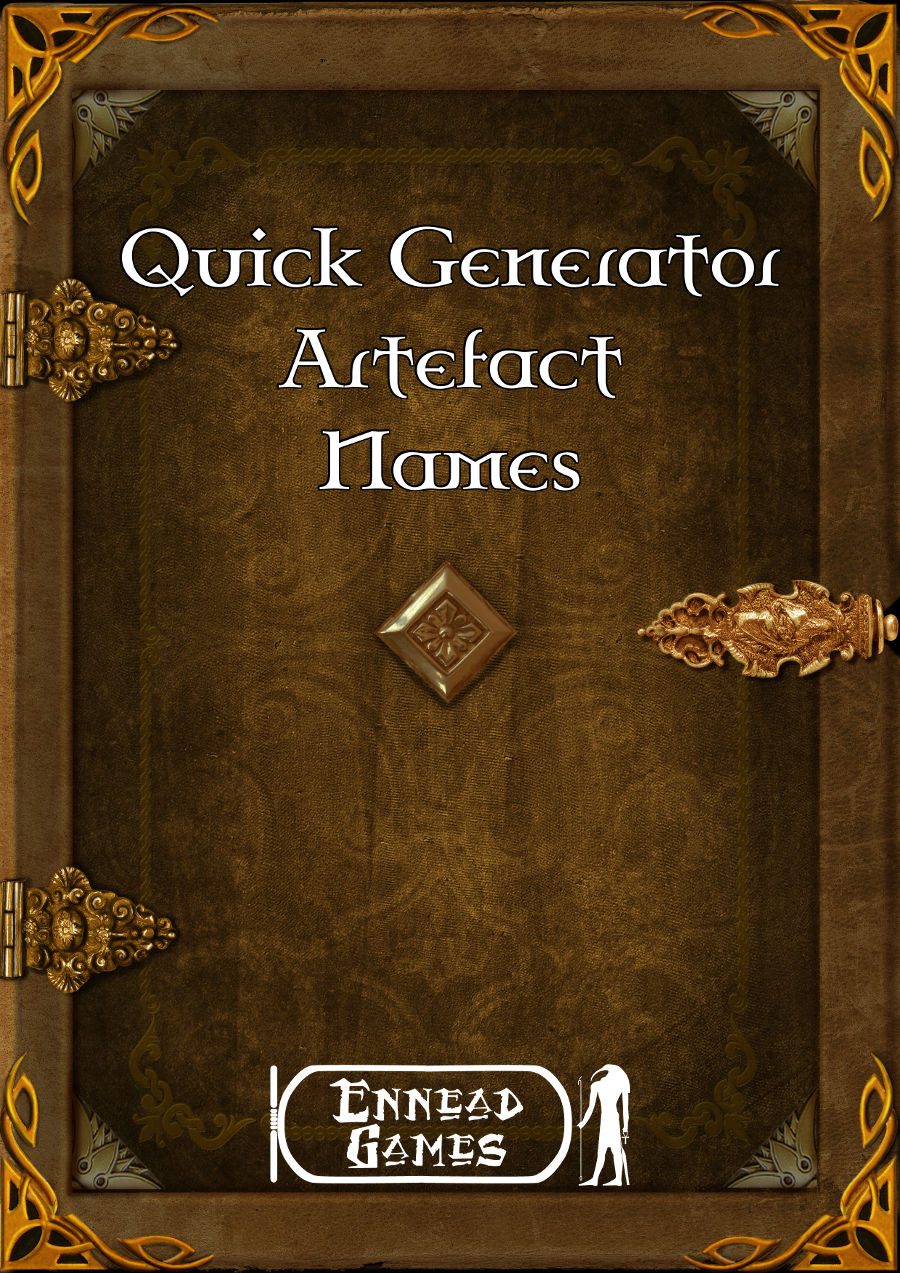
RPG Blog Carnival: Building Player Engagement
The travelling RPG Blog Carnival moves ever onwards. The February event was hosted by Johnn Four at Roleplaying Tips.
This is a home fixture for the Blog Carnival, as it is now being co-ordinated by Johnn. The topic for February is Player Inspiration. Johnn describes the topic as follows:
What do you do to get players excited and eager to play each session? How have you gotten players keen to dive into that new campaign you just spent weeks preparing? And what approaches do you take to keep players’ faces out of their cells phones and focused on your game?
To learn more see Johnn’s blog.
https://roleplayingtips.com/rpg-blog-carnival/inspire-players-rpg-blog-carnival-intro/
I devoted an entire article to Player brainstorming.
Find more articles about improvisation on my Improv GM page
Q I work hard to keep my Players engaged with the setting.
I use the following methods:
- Brainstorming
- Improvisation
- Saying “yes”
Read all the entries to the February Carnival at Roleplaying Tips.
– – – –
Building Player Engagement
Phil Nicholls blogs at Tales of a GM, where he writes about narrative gaming, faster prep and more story. He is currently running a HeroQuest Glorantha campaign in a home-brew setting. Phil has written for Johnn Four’s Roleplaying Tips newsletter and has a selection of self-published pdfs.
This essay is taken from the archives at Tales of a GM.
This essay began as a contribution to the wandering Blog Carnival. Every month a host chooses a topic, and interested RPG bloggers contribute an article. The topic for this particular month was inspiring the Players, suggested by host Johnn Four.
I am very lucky with the Players I have for my Tales of the Hero Wars campaign. I enjoy the stories we weave together, and they seem to have fun at the table too. While I may just have naturally engaged Players, there are several actions I take to keep them excited about the game
Primarily, I believe the Players are inspired to play in my game because I take steps to keep them engaged with the setting. I draw the Players into the setting using the following methods:
- Brainstorming
- Improvisation
- Saying “yes”
Brainstorming
My first method to engage the Players is quite simply to involve them in the creation process. The underlying principle is that their ideas are part of the setting. This emphasizes the collaborative nature of our game. The Players are not simply watching their characters explore my setting. We are exploring, and building, the setting together.
There are additional advantages for the GM with this method. I enjoy faster prep, as more of the setting is created at the table, not as part of my prep routine. The setting benefits too, as more ideas are generated by tapping into the imaginations of more Players. I retain a degree of editorial control, but overall the setting is far better for drawing the Players into this aspect of the game.
Improvisation
Another method of achieving faster prep is to simply improvise content at the table. As with setting creation, there is no reason why the Players cannot be involved in this process too. The brainstorming noted above is normally focused upon creating a specific location within the setting. Player improvisation, however, is usually a quicker, less structured process.
Combining these two ideas results in my Narrative Outcomes Table, essentially a table of narrative results for each of HeroQuest’s graded outcomes. Many of these results add a random element into the narrative, to be interpreted according to the outcome of the HeroQuest contest. For example, some entries on the table require the GM to draw a Skuld card, and weave the image into the HeroQuest “Yes, but . . .” outcome.
A few of the results on the Narrative Outcomes Table require a Player to draw a card, and then narrate the outcome of the contest. This may be the acting Player, or more entertainingly, another Player chosen at random. So often, the narrative improvised by a Player creates more problems for the Heroes than if I were to retain control of the narrative.
As you can imagine, the Players always enjoy the chance to mess with another Player’s Hero. Beyond this, we enjoy more story as different voices weave into the narrative, even if only for a short time. Furthermore, the Players know their input is valued, as they can be given influential moments to narrate.
Saying “yes”
My final method of building Player engagement is a variant of the previous one. The Players know I am always keen to take their input into a scene, and thus I try very hard to always say “yes” to the Players. So, if the Players want to be carrying a particular piece of equipment, then I will agree so long as it is not unbalanced or out of keeping with the setting. So no flame-throwers in a dusty old chest.
Very often I resort to the more interesting “yes, but . . .” response. This answer gives the Players what they were looking for, usually at the cost of solving a small problem, or resolving a minor conflict:
“Yes, but the dagger is covered in blood.”
“Yes, but the path through the forest crosses a rickety bridge.”
“Yes, but the chest is locked.”
What this allows, however, is frequent low-level improvisation, where the Players are free to create minor background details. Once again, the Players are engaged by a setting they help to create. The game often benefits from more story, as plot twists arise as a result of a “yes, but . . .” reply.
Conclusion
These three techniques combine to create Player engagement in my Tales of the Hero Wars campaign. Perhaps I am lucky in finding Players who appreciate the narrative-driven style I game I like to run. Yet, I am certain the methods I use bring home the collaborative nature of our game, and help give the Players a stake in the setting.
What would you brainstorm with your Players? Can you think of other opportunities for Players to improvise at the table? Do you use the “yes, but . . .” response? Share your thoughts with your fellow GMs in the comments below.
Happy Gaming
Phil
For more essays from Phil, and updates about his latest campaign, visit Tales of a GM.
Get a compiled pdf of Tales of the GM best articles of 2016 here



